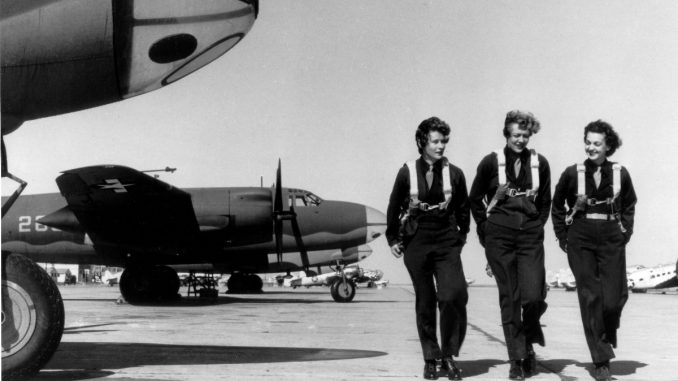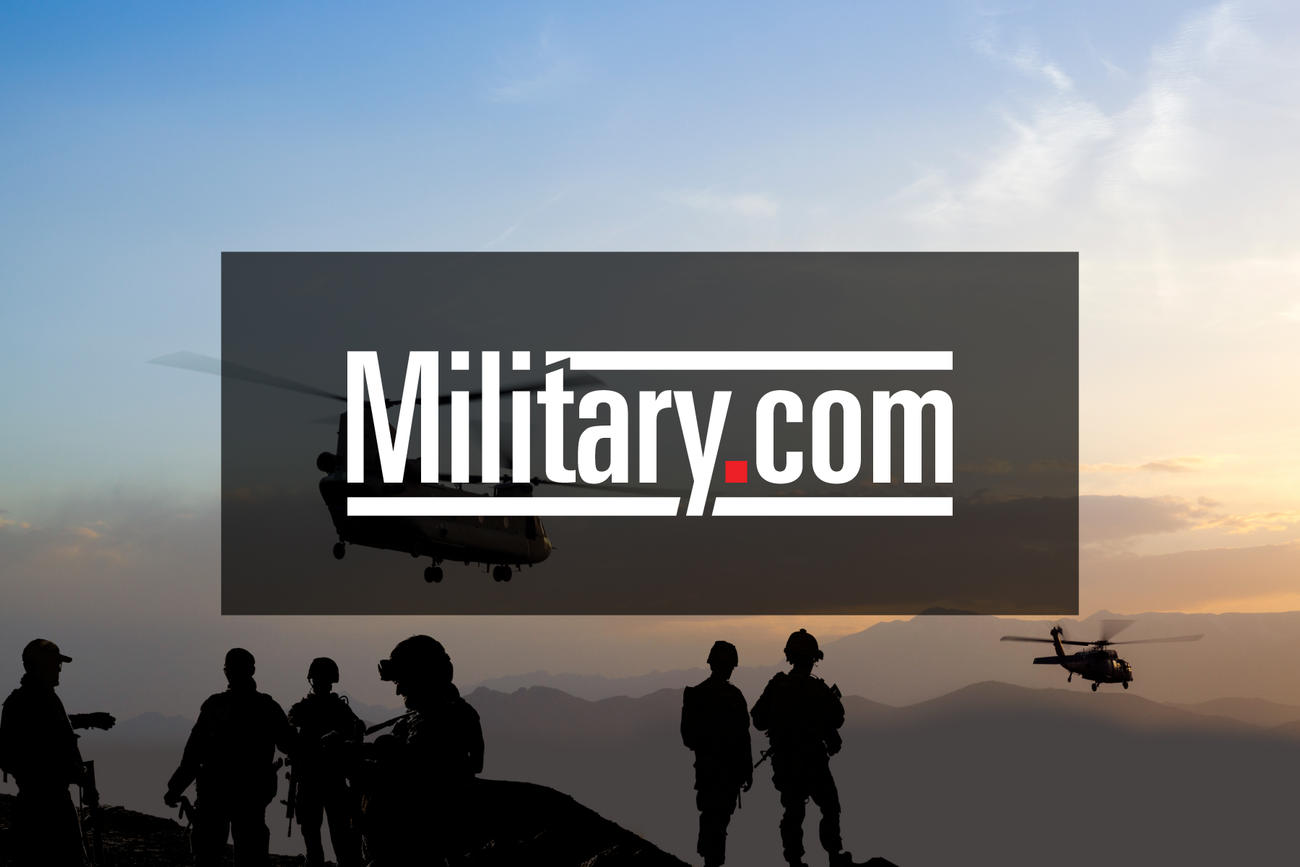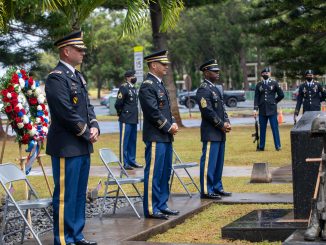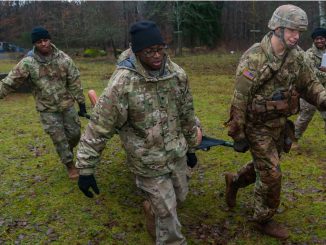

WILMINGTON — History often remembers war as a man’s duty to his country.
The heroics of men from all corners of the United States are rightfully preserved in newsreels, history books and oral recollections of the wars that have defined this country, showing the sacrifice made by ordinary people in extraordinary circumstances.
What too often gets lost in the thick of history, however, are the contributions of women to the war effort, be it as nurses, textile workers and architects of stability at home when the world is thrown into chaos.
But in World War II, some of the American women who answered the call to service did so from a unique vantage point — thousands of feet above the Cape Fear region.
Even before America’s entrance into the global war in 1941 after the attack on Pearl Harbor, Jacqueline Cochran and Nancy Harkness Love, both of the Army Air Force, were fighting for a woman’s place in the war effort.
They believed women could handle the pressure of the situation and serve the military in non-combat flying and ferrying missions at home. Although radical at the time, the experimental idea was pitched to the government as a means of freeing up men normally in those roles to be placed into active duty — at a time when the country was facing a deficiency of available soldiers.
Their two disparate programs — Love’s Women’s Auxiliary Ferrying Squadron (WAFS) and Cochran’s Women’s Flying Training Detachment (WFTD) — were merged by the Army Air Force in 1943 to form the Women’s Airforce Service Pilots program, or WASPs as they would become known.
The women would train for 27 weeks at Avenger Field in Sweetwater, Texas, undergoing a boot camp not unlike their male counterparts — although far much less publicized. They marched, they trained, they studied and then they trained some more.
Walt Disney even created a bubbly, wide-eyed mascot for them named Miss Fifinella.
Eventually, they would graduate with the ability to fly just about any military aircraft.
At the same time in 1943, the Cape Fear region was several years deep in doing its part to assist in the war effort.
Liberty warships were being built on the banks of the Cape Fear River under the direction of the North Carolina Shipbuilding Company. Camp Davis in Holly Ridge had been established as a major training ground for men who would eventually see action overseas.
Even Fort Fisher, the then-abandoned Civil War fort at the southern tip of New Hanover County, was co-opted and transitioned into a sprawling satellite location for Camp Davis, where men would conduct their live firing training away from populated areas.
This is where the stories of the WASPs and Wilmington would collide. WASPs would be stationed at several bases in the South, but when the first class of female pilots arrived at Davis in the summer of 1943, they flew in without much notice.
“Camp Davis was chosen because it was close enough to Washington, D.C.,” said John Moseley, an interpreter and educator at the Fort Fisher State Historic Site, who has studied the WASPs’ presence in Southeastern North Carolina.
“When the women showed up, no one told the men at Davis in advance, so the commander said they wouldn’t be allowed to do anything and it caused problems right from the start.”
But before long, Cochran, who was placed in charge of the WASPs, managed to ease the tension and the women were soon flying jalopy dauntless dive bombers all across eastern North Carolina.
They weren’t the first women to be part of the war effort in the region.
Members of the Women Ordinance Workers (WOWs) were stationed locally to work on the 40mm guns, while the Women’s Army Corps (WACs) placed members at Davis and Fisher manning telephone stations, doing secretary work and publishing orders.
But the WASPs were a different kind of presence for the base.
The function of the program was to, essentially, allow women to do men’s non-combat duties so they could be sent off to the frontlines faster, where they were needed. But most men weren’t thrilled about being shipped off to the line of fire.
The women’s proficiency in the skies also bruised their egos.
“The women came along to take their jobs and the men were sent to combat duty on the frontlines, which they didn’t want,” Moseley said. “There was hostility, mainly because they became better at the jobs than the men had been.”
But the women forged ahead. For the WASPs stationed at Camp Davis, their primary mission was to ferry newly built planes from factories across the country to military bases.
But locally, they also engaged in tow target training exercises that required them to take to the skies with a canvas target strung out behind them for their male counterparts to do some target practice.
“This was a very dangerous job,” Moseley said. “Yes, the targets they were carrying were 300 yards behind their plane. But most of these men had never fired a weapon this large before. Many of the women came back to Camp Davis airfield with holes in the tailend of the aircrafts.”
The exercises would also lead to casualties. Thirty-eight women would lose their lives while serving in the two-year program.
Locally, the most notable loss was Mabel Rawlinson, a 26-year-old pilot who died when her plane crashed after a nighttime exercise at Camp Davis in August 1943.
The army wouldn’t pay for her body to be shipped back to her family, so it’s said her fellow WASPs chipped in to pay for her final flight home.
That failure to recognize the WASPs as functioning members of the military would become the biggest caveat and downfall of the program.
Despite their dutiful service in a time of war, these women were never members of the military. They were classified as civilians through the entirety of the program.
“It’s sad because these women proved they could do this job,” Moseley said. “They proved they could fly under any conditions and with the best of the men.”
It wasn’t until former President Jimmy Carter signed a law in 1977 that women who served as civilian pilots during WWII were given veteran status. In 2009, former President Barack Obama took it a step further, awarding WASPs the Congressional Gold Medal, one of the highest honors in the U.S. military.
In October 1944, the army notified Cochran and the women the program would be disbanded that December, despite the 18th class of WASPs just weeks from graduating. The reasoning was simple, at least in the government’s eyes — more men were finishing their tours overseas and they were back home and capable of filling the roles the WASPs were more than capable of handling.
The program would graduate 1,074 women in total during the duration of the war. In addition to their duties in the sky, some of the women would go through instructor school and eventually begin teaching men how to fly.
“The ultimate legacy of the program is that these women knew exactly what they were getting into and they did it anyway,” Moseley said. “Their patriotism was stronger than the danger to their lives.”
After the war, Camp Davis was shuttered and some of the WASPs stuck with the military, but because they lacked active duty status, they were grounded. Many of them would find work in other industries, but their trailblazing bravery to step up when their country needed them most has not been lost.
“Every single female pilot in the U.S. military is connected to these women pilots through their lineage,” Moseley said. “This program was the creation of women pilots in the military in 1942 and 1943.”
At Fort Fisher, where the women would sometimes use the airstrip that cut through the Civil War forts, staff hope to honor the WASPs’ legacy with an exhibit in the forthcoming $23 million visitors center expansion.
Although it took time for them to get their due, it’s almost as if Cochran knew the work would be forgotten, when she gave a mournful but hopeful speech at the final graduation of the WASPs in December 1944.
She said she was filled with mixed emotions of happiness, pride and sorrow. But she was proud of what the program would mean for the future.
“I’m very happy we’ve trained a thousand women to train the army way,” she said. “I think it is going to mean more to aviation than anyone realizes.”
This article is written by Hunter Ingram from Star-News, Wilmington, N.C. and was legally licensed via the Tribune Content Agency through the NewsCred publisher network. Please direct all licensing questions to legal@newscred.com.
© Copyright 2020 Star-News, Wilmington, N.C.. All rights reserved. This material may not be published, broadcast, rewritten or redistributed.





Be the first to comment